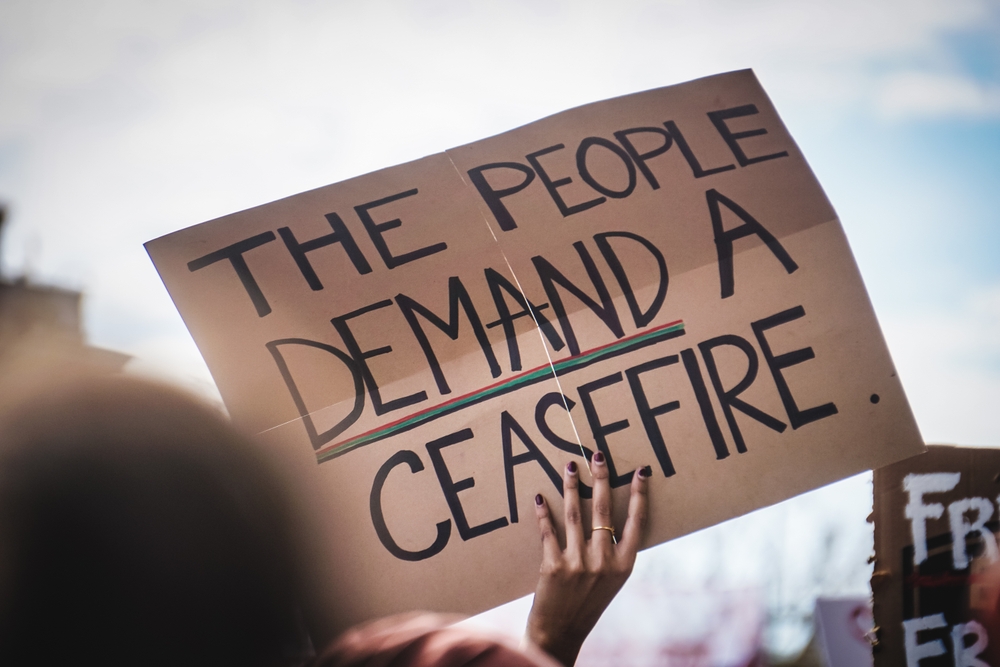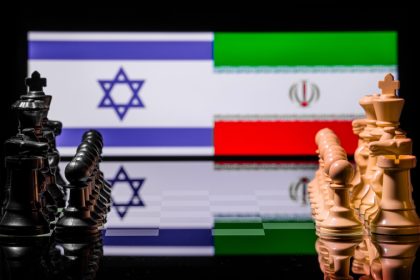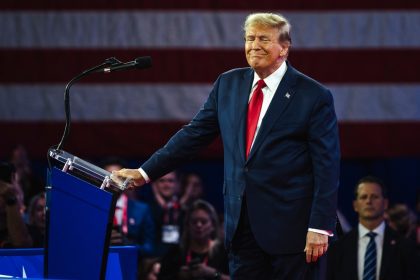The Middle East held its breath as President Donald Trump unveiled what he called a breakthrough peace deal between Israel and Iran, marking a dramatic end to what military analysts are already dubbing the 12-Day War. The announcement, delivered with Trump’s characteristic bravado via Truth Social, promised to halt one of the most intense regional conflicts in decades.
Yet within hours of the ceasefire’s supposed implementation, the fragile peace began showing cracks. Israeli officials reported that Iran launched additional missiles toward Israel following the ceasefire announcement, with concerns that more strikes were imminent. The reality on the ground painted a starkly different picture from Trump’s triumphant proclamation.
The anatomy of a troubled peace
The ceasefire framework outlined by Trump followed a staggered timeline designed to gradually wind down hostilities. Under the arrangement, Iran was supposed to cease strikes at midnight Eastern Time on Tuesday, with Israel following suit 12 hours later at noon. After another 12-hour period, the conflict would officially conclude, bringing an end to nearly two weeks of escalating violence that had rattled global markets and sparked fears of a broader regional war.
Trump framed the agreement as validation of his aggressive diplomatic approach, which included authorizing U.S. airstrikes against Iranian nuclear and military installations. The president’s willingness to directly target Iranian infrastructure represented a significant escalation in American involvement, marking the first time U.S. forces had struck Iran’s nuclear program.
The conflict’s origins traced back to a complex web of regional tensions that had been simmering for months. Intelligence reports suggested the fighting began after a series of proxy attacks and retaliatory strikes that quickly spiraled beyond anyone’s control. What started as limited skirmishes between Iranian-backed militias and Israeli forces evolved into direct confrontation between the two nations’ military apparatus.
Diplomatic chaos and conflicting narratives
Iran’s rejection of the ceasefire announcement created immediate confusion, with Tehran claiming it had received no formal ceasefire proposal. This disconnect highlighted the chaotic nature of the diplomatic process and raised serious questions about whether a genuine agreement had ever existed.
The Iranian response underscored the complexity of Middle Eastern diplomacy, where public statements often diverge sharply from behind-the-scenes negotiations. Iranian officials suggested that Trump’s announcement was premature and that no binding commitments had been secured from their government.
Meanwhile, Israeli Prime Minister Benjamin Netanyahu found himself in the difficult position of managing public expectations while attempting to maintain operational security. Israeli military commanders privately expressed concerns about Iran’s continued missile launches, viewing them as clear violations of any potential ceasefire arrangement.
The international community watched nervously as reports of explosions continued to emerge from Tehran and other Iranian cities. Security personnel were photographed patrolling Tehran’s streets during what were supposed to be the early hours of the ceasefire, suggesting that Iranian authorities remained on high alert despite the announced peace deal.
Trump’s high-stakes gamble
The president’s decision to personally broker the ceasefire represented a significant departure from traditional diplomatic protocols. Rather than working through established channels at the State Department or relying on international mediators, Trump chose to leverage his personal relationships and social media platform to announce the deal.
This approach reflected Trump’s broader foreign policy philosophy, which emphasized direct engagement and unconventional tactics over multilateral diplomacy. The president clearly believed that his willingness to authorize strikes against Iran had created the necessary pressure for a negotiated settlement.
However, the immediate challenges facing the ceasefire highlighted the risks inherent in such personalized diplomacy. Without robust institutional frameworks to support the agreement, the peace deal remained vulnerable to misunderstandings, miscommunications, and deliberate violations.
Trump’s subsequent expressions of displeasure as both sides claimed ceasefire violations demonstrated the difficulty of maintaining momentum after the initial announcement. The president’s frustration became apparent as reports of continued fighting contradicted his optimistic proclamations about the deal’s success.
Regional implications and global concerns
The 12-Day War and its uncertain conclusion sent shockwaves through regional capitals, with Arab governments scrambling to assess the implications for their own security arrangements. Gulf states, in particular, worried about the precedent set by direct U.S. military action against Iranian nuclear facilities.
Saudi Arabia and the United Arab Emirates found themselves in the awkward position of publicly supporting peace while privately celebrating the degradation of Iranian military capabilities. Their complex relationship with both Washington and Tehran made public statements challenging, as they sought to avoid alienating either side.
European allies expressed cautious optimism about the ceasefire announcement while privately questioning the sustainability of any agreement reached through such unconventional means. French and German officials emphasized the need for international oversight and verification mechanisms to ensure compliance with any peace arrangement.
The conflict’s economic impact extended far beyond the immediate region, with oil prices experiencing dramatic volatility throughout the 12-day period. Energy markets remained on edge even after the ceasefire announcement, reflecting traders’ skepticism about the deal’s durability.
The road ahead remains uncertain
As the international community continues monitoring developments, the fundamental challenges that sparked the original conflict remain largely unresolved. Iran’s nuclear program, its support for proxy militias throughout the region, and Israel’s security concerns persist as sources of potential future confrontation.
The ceasefire’s early difficulties underscore the complexity of Middle Eastern conflicts and the limitations of even the most determined diplomatic interventions. While Trump’s bold approach succeeded in temporarily halting active hostilities, the underlying tensions that drove both nations to war continue simmering beneath the surface.
Whether this fragile pause in fighting evolves into a lasting peace or simply provides a brief respite before renewed conflict will likely depend on both sides’ willingness to engage in substantive negotiations about their core disagreements. The next few days will prove crucial in determining whether Trump’s shocking diplomatic gamble pays off or becomes another cautionary tale about the perils of personalized foreign policy.















